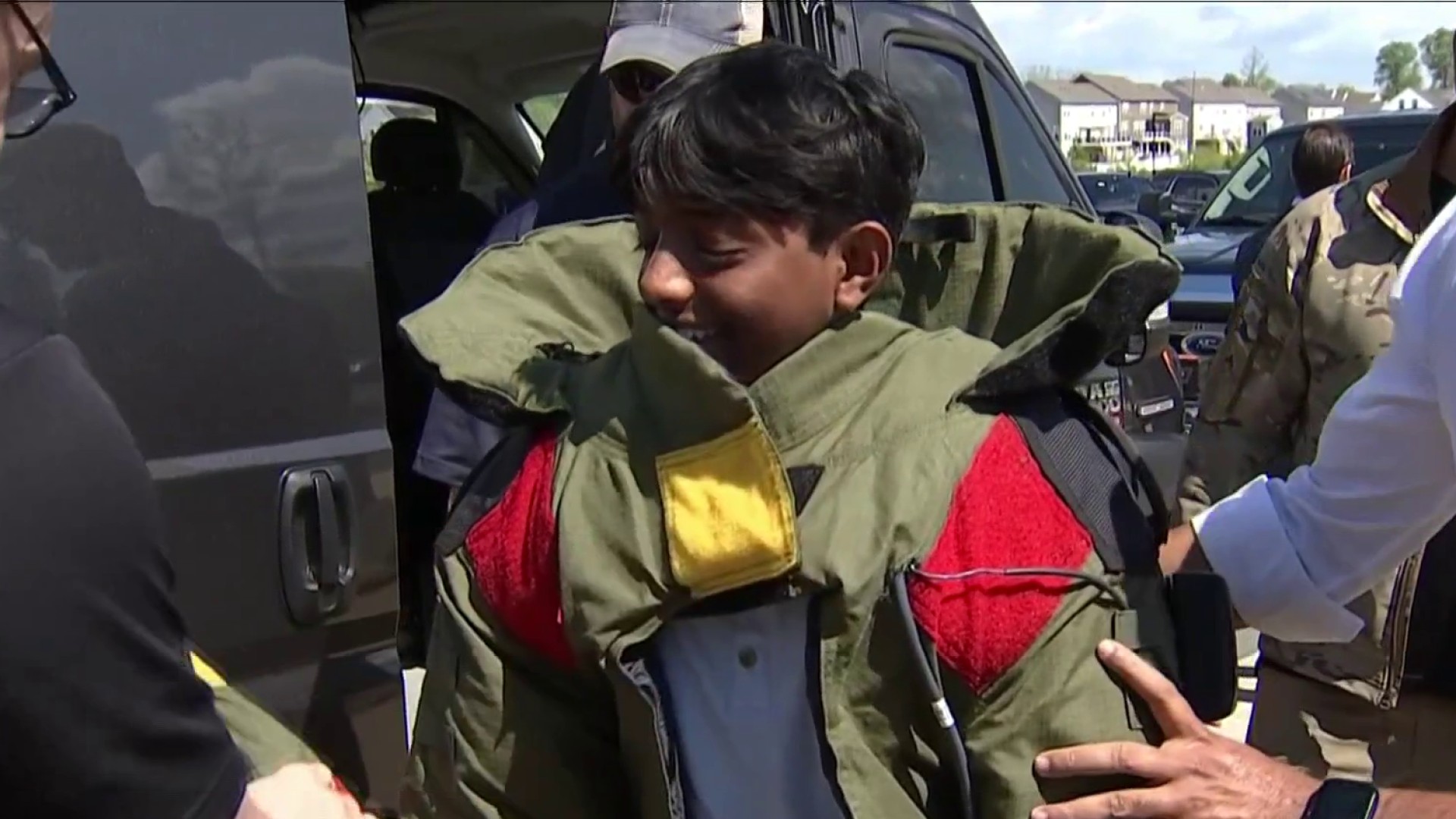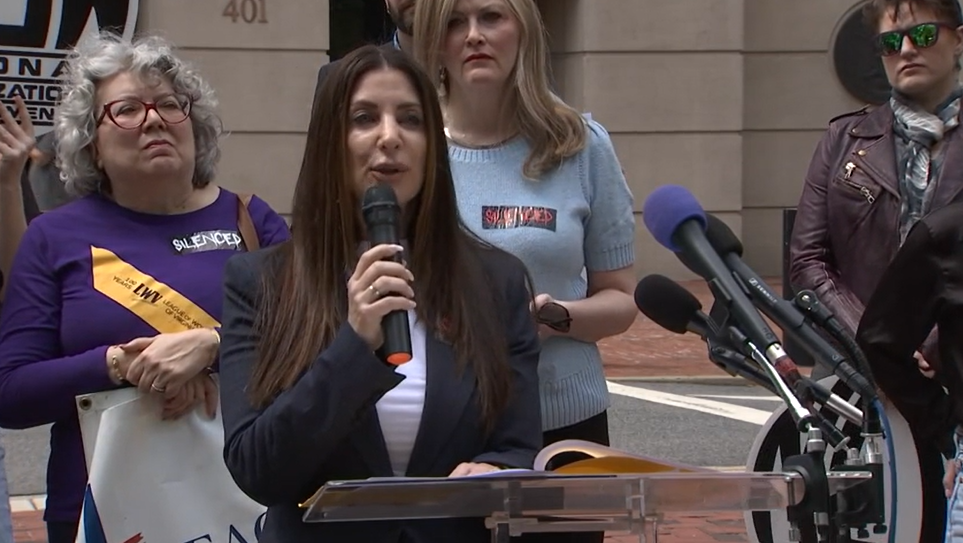D.C.’s streets were more deadly last year than they’ve been in over a decade. Forty people — pedestrians, cyclists and drivers — were killed in crashes in 2021. And calls for change are perhaps louder than they’ve ever been.
Hoboken, New Jersey, a densely packed city of 50,000, may have some answers. The city hasn’t seen a single traffic-related death in four years.
News4 visited Hoboken to see what’s working so well and how it could help in our region.
‘I Don’t Feel Safe’
We're making it easier for you to find stories that matter with our new newsletter — The 4Front. Sign up here and get news that is important for you to your inbox.
To understand where we want to go, we have to know where we have been.
Forty people died on D.C.’s streets in 2021, marking the highest number of deaths since 2007. Among them were 4-year-old Zyaire Joshua, 5-year-old Allison Hart and 24-year-old opera singer Nina Larson.
“Somebody was probably going to get run over. I don’t feel safe around here,” one young D.C. pedestrian said.
Local
Washington, D.C., Maryland and Virginia local news, events and information
D.C. has what’s known as a Vision Zero goal to eliminate all traffic deaths and serious injuries by 2024. At this point, that goal seems far out of reach.
U.S. Transportation Secretary Pete Buttigieg is among those calling attention to deaths on the roads.
“The truth is, we’ve come to just expect or assume that it’s normal to lose thousands of lives every month on our roads. If thirty- or forty-thousand people died in our skies on our planes every year, we would never accept that,” he said.
What’s Working in Hoboken
A small city with a fraction of the population of the District could offer some clues for relief on our roads.
Hoboken’s director of transportation and parking, Ryan Sharp, walked News4 through what the city just outside New York City has done.
“If you want to have positive change in improving the safety of your streets, you have to have an all-in focus on things,” he said.
The city’s safety improvements have taken years of outreach, engineering work and community buy-in, he said.
The crossing distance at many intersections has been shortened for pedestrians. Investments have been targeted around schools, day cares, playgrounds and buildings for senior citizens.
Small changes that are “not earth-shattering in their complexity are really important in changing the game in terms of transportation safety,” Sharp said.
There are bus lanes, bike lanes, wide sidewalks and back-angle parking that helps drivers see as they pull out of spaces. Parking spaces are positioned away from crosswalks, meaning pedestrians have better sight lines to the street. Precisely timed traffic signals cut down on potential conflicts between drivers and pedestrians.
“When the light turns red, it gives pedestrians about a seven-second head start to get out into the street,” Sharp said.
There’s also strict traffic enforcement, and car speeds are brought way down.
Small changes that are “not earth-shattering in their complexity are really important in changing the game in terms of transportation safety,” Sharp said.
He said he has learned to rely on data and numbers to reveal where problem points are; multiple crashes in one location demand more attention. And he often simply walks through the city to uncover pain points on the streets.
Residents play a role too, by following the rules of the road.
“Everyone is kind of very observant about where cars are coming from and what the lights are,” resident Karl Colditz said.
'Just Don’t Quit'
Transportation professionals from across the country have reached out to Hoboken’s leaders for help as they set Vision Zero goals.
The city’s transportation director has advice.
“Just don’t quit,” he said. “You definitely have to have your community fully engaged and supporting, because it takes a whole community to really do this,” he said.



